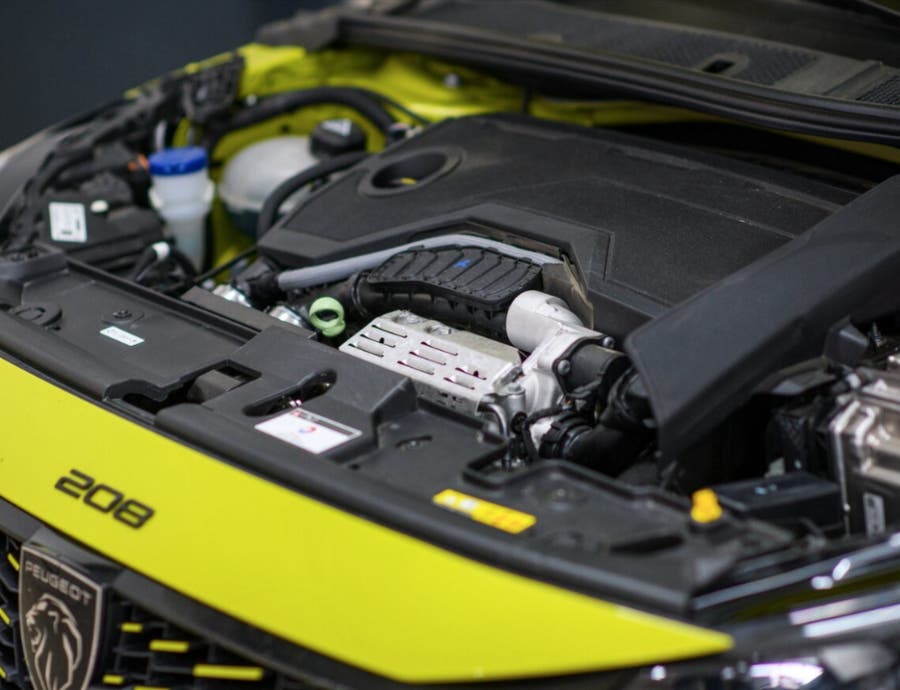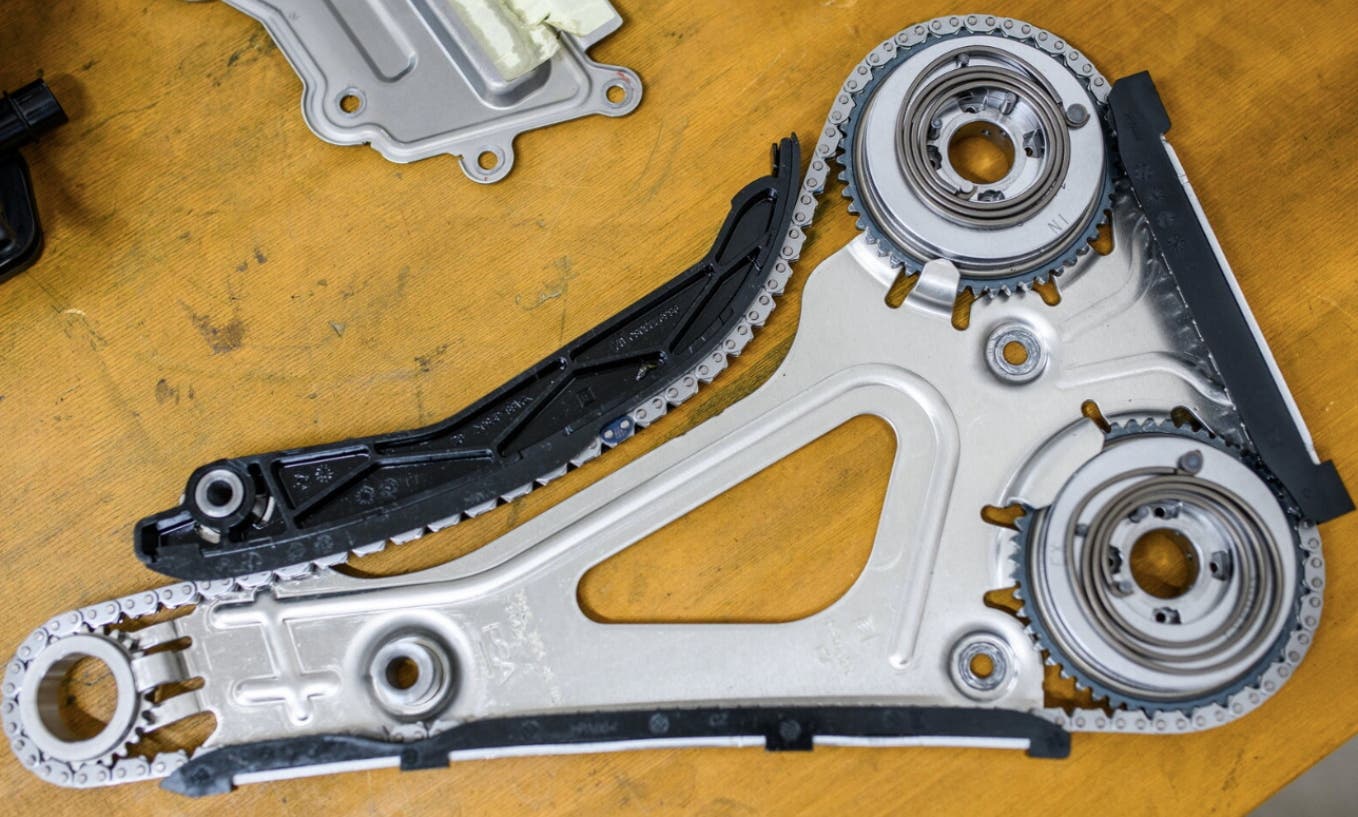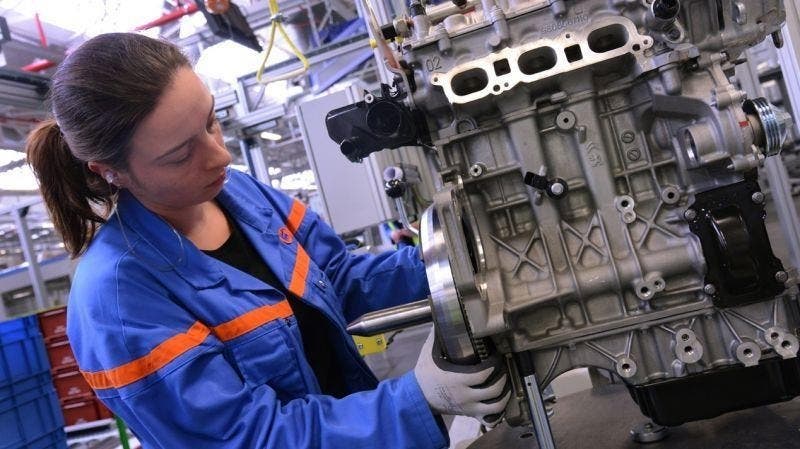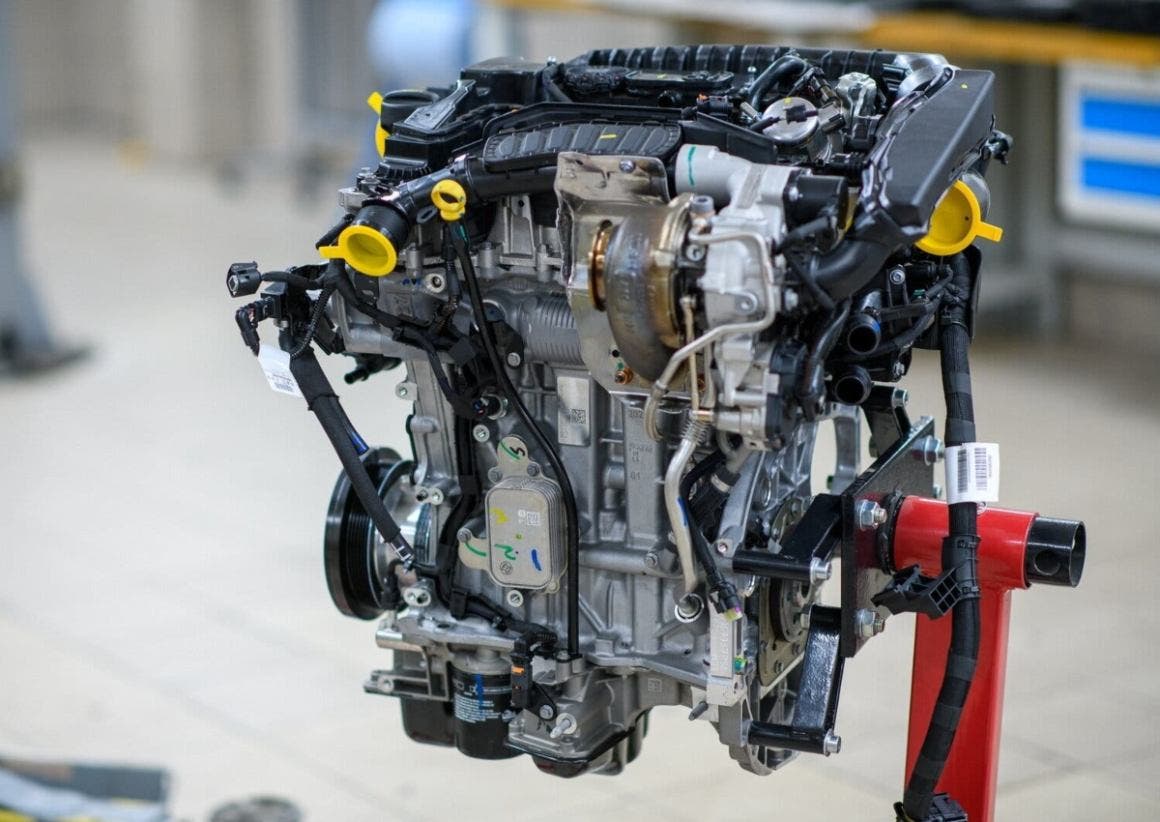An important upgrade arrives for the Stellantis Group’s 3-cylinder 1.2 PureTech gasoline engine. Now there are major updates and resolution of these issues that put an end to reliability problems
Reliability issues for the problematic 3-cylinder 1.2 PureTech engine: distribution chain adoption
The Stellantis Group’s 3-cylinder 1.2 PureTech gasoline engine is undergoing a major upgrade that would address known reliability problems. The main change involves the fitting of a timing chain instead of the current oil-bath timing belt.
Currently, the new timing chain engine with upgrades is fitted to all hybrid models in the Stellantis group, which in addition to being equipped with the electric motor, also mount the new 1.2 PureTech with precisely the new timing chain. The new engine is also fitted to some non-hybrid models such as the Citroën C3 and C3 Aircross, DS 3, and Opel Mokka produced from 2023 onward. Cars that are equipped with the upgraded engine are easily recognizable by the identification abbreviations present. Such codes are EB2LTED for the 101-hp engine with manual transmission and EB2LTEDH2 for the 101-hp engine with dual-clutch eDCT transmission and hybrid technology. Belt driven engines, however, have entirely different codes.
Stellantis has not yet officially confirmed, but it is likely that in addition to the cars we have already mentioned, the new 1.2 PureTech with timing chain could be extended to other cars. These would include some models with manual transmissions, for example, Citroën C4 and C5 Aircross, Jeep Avenger, Opel Corsa, Peugeot 208

PureTech engine upgrade: lower maintenance costs and improved reliability
With the adoption of the timing chain, this major change should succeed in solving the reliability problems that had affected previous 1.2 PureTech engines, ensuring longer vehicle life and lower maintenance costs.

Going into more detail, we can say that the oil-immersed timing belt was prone to premature wear, especially in vehicles that are mainly used for short movements. As a result, this wear and tear could cause several problems. These would definitely be the failure of the belt in the first place, which in turn could cause serious damage to the engine, even going as far as the need for complete replacement. Another problem caused is that of the risk of engine oil contamination. This, too, is caused by belt wear, which over time can generate debris that contaminates the engine oil, consequently causing malfunctions and wear of other engine components. To top it off, this problem can also cause the oil filter to clog. Here in this case, the debris produced by the belt wearing out can clog the oil filter, reducing its effectiveness while also causing potential engine lubrication problems.

For anyone still in possession of a Stellantis model with the old belt-driven 1.2 PureTech engine, it is very important to follow the maintenance instructions that are made available by the automaker. Also, attention should be paid to any possible signs of a malfunction, such as abnormal noises coming from the engine or warning lights coming on. In any case, this upgrade for engine with a timing chain is certainly a very good and important step forward for Stellantis, which aims to improve the reliability of its models and, most importantly, customer satisfaction as well. Adopting timing chain in the new 1.2 PureTech models is expected to eliminate these types of problems, providing greater reliability and durability to the engine.

